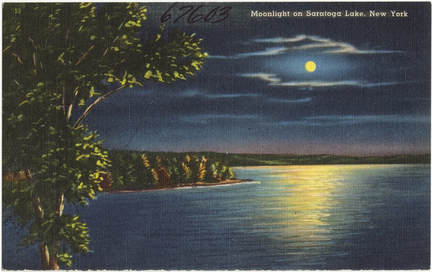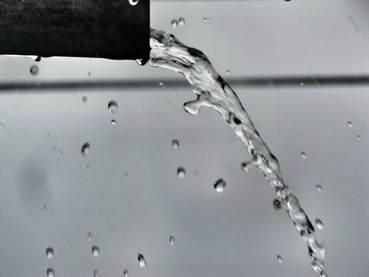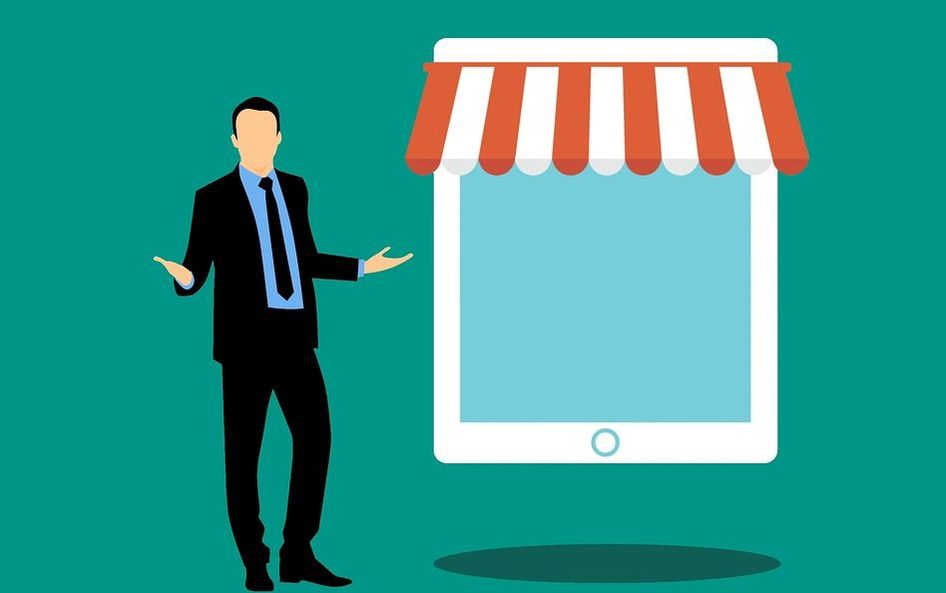 A green canoe laid always at the ready on the dock . . .
A green canoe laid always at the ready on the dock . . . A core group of Transition folk met together several years ago to come up with a mission statement, and — after many hours of discourse — came to an agreement about what that mission was: It is to combine work on oneself, the efforts to build closer community, and the labors to better the planet such that these combined exertions become second nature. The following letter describes an adolescent episode which I now see contributed toward my earning this maturity.
Dear Jack,
Remember when we painted Dr. Caprita’s summer camp on Saratoga Lake one summer? He wasn’t there most of the time, but his mom, who spoke only Italian was. So was his wife, and you and I had as one of our responsibilities the disposing of her empty bottles accumulated after the extended sessions she enjoyed with alcohol. That was not as exciting to a couple of nearly 16-year olds as was the rest of the time that we allowed our creative urges to paint the house according to the mood we were in and the degree of labor we felt we could expend that day in the task at hand.
A green canoe, wood-ribbed and light, laid always at the ready on the dock and could easily tempt us after breakfast, and sometimes beyond … past lunch. It wasn’t long after we launched our first excursion that we discovered standing waist deep in water, we could right a submerged but still floating canoe. Bailing out the boat was a bit tedious; tipping it over on the other hand was daring and adventurous, however accidental it was to begin with.
The good doctor paid us nominally, given our room and board and the nominal hours spent at putting a new coating on his family’s refuge. He must have guessed the shenanigans we were up to — if not actually capable of, just as he must certainly have known about his wife’s consumptive habits. For us these were insignificant; we delighted more in innovative acts with each other, which of course called for our best efforts.
Do you remember one day as we were taking a break from our “duties” you were struck by the novelty of coming near where I was sitting, turning your back to me quickly and blowing a fart? Even I had to laugh at that one, as we both did uproariously for a good while. But I would have my revenge, I thought. With the laughter over and the episode passed, the day continued. In late afternoon when we were done for the day, you were sitting indoors in an easy chair. I busied myself with one thing and another as I slowly made my way to where you were seated, avoiding looking your way all the while. Then as I drew near, I turned quickly, giving you by back and let a good hearty fart go. What I hadn’t seen was that you had gotten up and mama Caprita had taken your chair.
I will never forget — not the astonished look on poor grandma Caprita’s face — but the mild almost passive incredulity displayed at this upstart of a young creature who had no inkling of what civility and respect could possibly mean. What kind of people do they raise in this America, she must have thought. God bless you, Mrs. Caprita. I will always be in your debt for forgiveness. I knew it not at the time, though now I do. Then is when I began the long process of maturing, of learning the effects of shame. And yes, at the same time, humor.
—Greg Marquez






